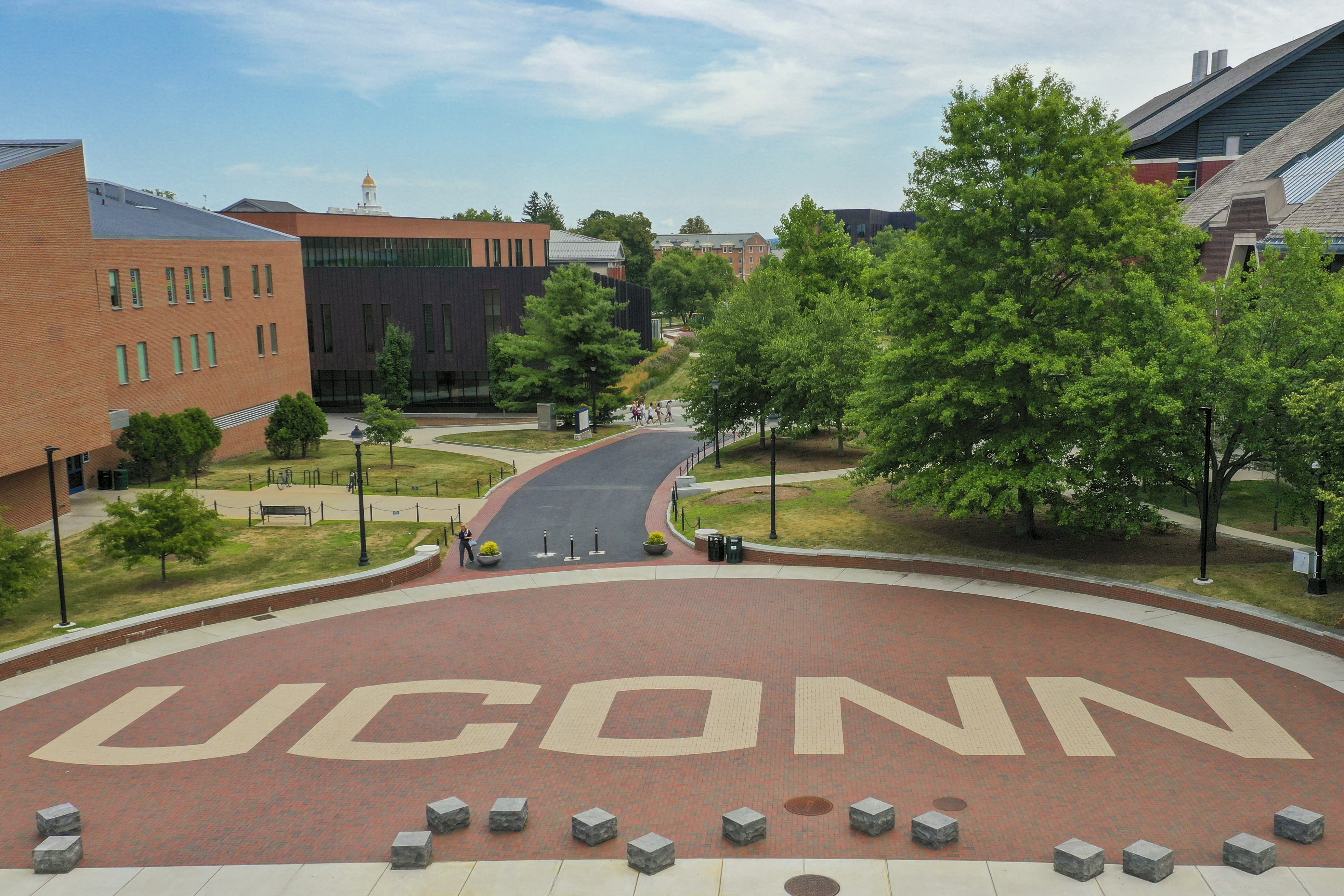UConn remains among the nation’s top 25 public universities for the ninth consecutive year, driven by its continuing strengths in several important academic measures and a growing reputation among peer institutions for the quality of its undergraduate programs.
U.S. News & World Report’s annual rankings place UConn as No. 23 among the nation’s public institutions, an especially meaningful achievement in light of the University’s pledge to protect academic quality amid difficult financial circumstances in recent years.
The rankings, released Tuesday, show that UConn continues to offer strong performances in student retention and graduation rates, attracting highly talented undergraduates, providing faculty resources, ensuring the success of low-income students and helping keep graduates’ indebtedness below state and national averages.
UConn’s position is one spot higher than last year’s No. 24 ranking. Its most impactful improvement this year is in its assessment from peer institutions on the quality of its undergraduate programs, in which U.S. News takes a two-year weighted average of ratings from presidents, provosts and admissions officials.
U.S. News officials say that ranking helps capture issues of academic reputation that are otherwise not easy to quantify, such as whether an institution has been particularly innovative or made other changes that are being recognized across the landscape of academe.
“While that metric is not something we chase, we expect it to follow us as we relentlessly pursue excellence. It is gratifying to see that indeed it has,” President Thomas Katsouleas said. “If we share our values and aspirations widely and demonstrate our commitment to our mission of teaching, research, and life-transformative education, those actions are what matter most to our community, our aspiring students, and our peers.”
UConn first moved into the top 25 in 2011, and has remained in those ranks since then despite increased competition for the state’s and nation’s shrinking number of high school graduates, changes in the state aid, expansion initiatives at some peer institutions, and other factors. UConn is tied this year for its No. 23 spot with Penn State and Rutgers universities.
“Our stability in the Top 25 among public institutions is a testament to the determination of our faculty, staff, and students to pursue excellence in everything they do,” said Carl Lejuez, UConn’s provost and executive vice president for academic affairs. “These rankings are not the only measure of our success, but they do provide a valuable perspective into how we compare with our peers.
Many of the components that led to our ranking align with the priorities of President Katsouleas, which will also form the basis of our strategic plan,” he added. “I look forward to launching that process and building on our community’s expertise to lay out a path toward UConn’s continued standing as a top-tier public research institution.”
According to the U.S. News rankings, UConn continues to show consistently strong performance on many metrics:
- Consistently high average freshman retention rates and six-year graduation rates, at 93 and 84 percent, respectively; and an 80 percent graduation rate for lower-income students receiving Pell Grants. Those measures and others that assess academic outcomes count for 35 percent of the overall ranking.
- Continued solid performance in faculty resources as measured by their levels of education, compensation, class sizes, and related factors. UConn’s faculty remains highly qualified, with 93 percent holding the highest possible academic degree in their field. Those measures count for 20 percent of the ranking.
- The academic reputation category, in which UConn did particularly well this year based on peer assessments, counts for 20 percent of the ranking.
- The remaining 25 percent of comprises metrics on student excellence, financial resources, alumni giving and graduate indebtedness. UConn’s performance in those areas was steady and solid, including improvements in its ability to attract first-year students who ranked high in their graduating class.
Although the average SAT score of incoming students decreased slightly, UConn does not see that as a cause for concern. It has a holistic admissions process that considers many factors beyond standardized test scores as indicators of potential success, and is piloting a test-optional applications process to increase accessibility to talented students who might otherwise face barriers associated with the tests.
Another measure, the percentage of living alumni who donate to their institutions, counts for 5 percent of U.S. News’ overall rankings. In UConn’s case, an average of about 8 percent of living alumni with bachelor’s degrees donated to the University in the 2015-16 years, a decline from recent years.
That does not indicate a decline in support for the University, however. Although the numbers of individual alumni who have donated may be down, the UConn Foundation recently reported its best year ever with more than $89.5 million raised in FY20, despite significant economic challenges and the COVID-19 pandemic.



